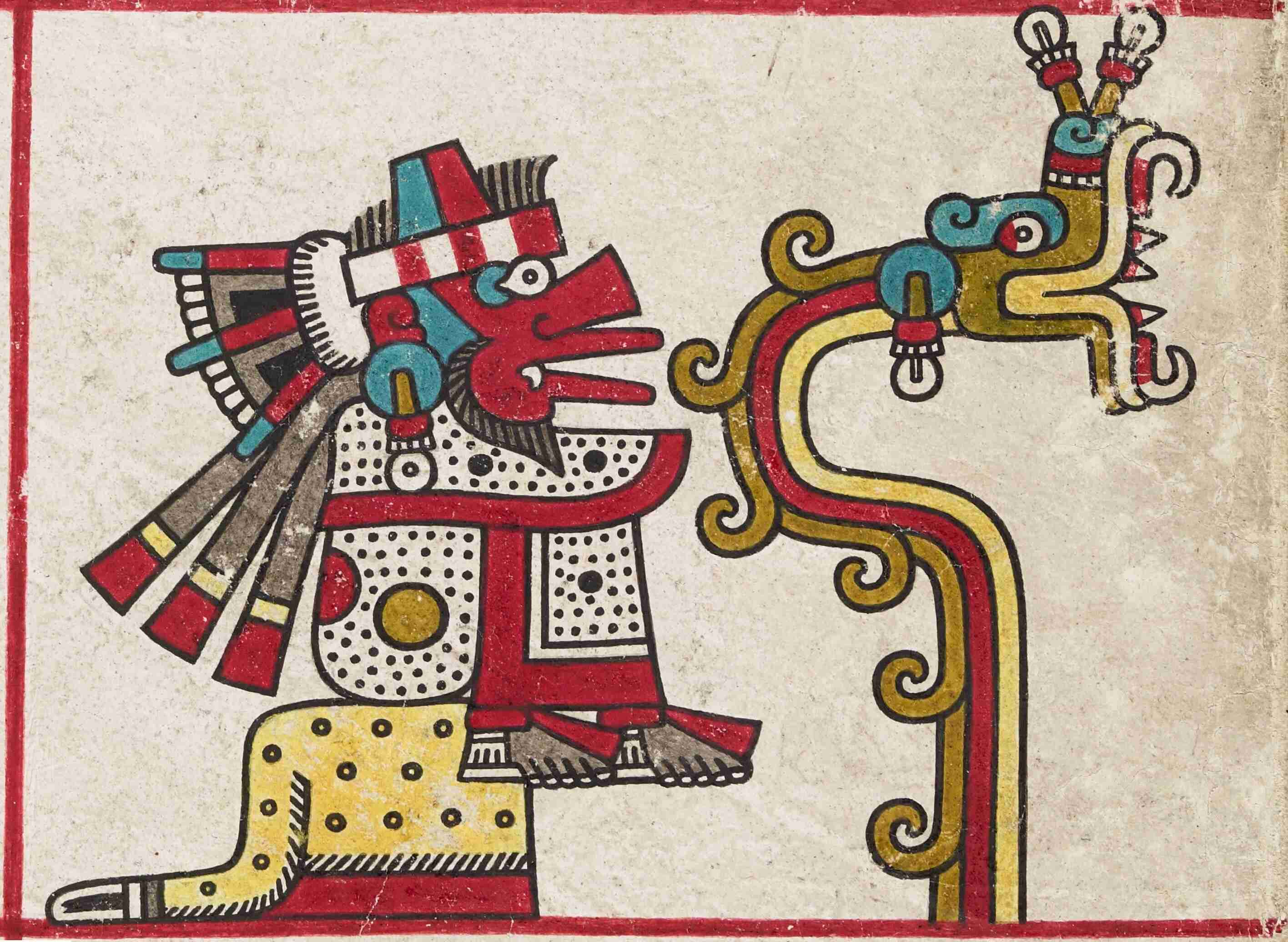
Curious about the Nahua religion? You're in the right place! The Nahua people, primarily known for their Aztec civilization, had a rich and complex belief system. Their religion revolved around a pantheon of gods, each representing natural elements and human activities. Human sacrifice played a significant role, believed to appease gods and ensure cosmic order. Rituals, festivals, and ceremonies were integral, often tied to their intricate calendar system. The Nahua also believed in an afterlife, with different destinations for souls based on their earthly deeds. Ready to dive deeper? Let’s explore 25 fascinating facts about this ancient faith!
Origins of Nahua Religion
The Nahua religion, deeply rooted in Mesoamerican history, is a fascinating blend of mythology, ritual, and cosmology. Let's explore some intriguing facts about this ancient belief system.
- The Nahua people, including the Aztecs, believed their gods created the world through sacrifice.
- They thought the universe had gone through five different ages, each ending in catastrophe.
- The current age, the Fifth Sun, was believed to be created by the gods Nanahuatzin and Tecciztecatl.
Major Deities in Nahua Religion
Nahua religion featured a pantheon of gods, each with unique roles and stories. Here are some of the most significant deities.
- Huitzilopochtli, the god of war and the sun, was one of the most important deities.
- Quetzalcoatl, the feathered serpent, symbolized wisdom, wind, and learning.
- Tlaloc, the rain god, was crucial for agriculture and fertility.
- Tezcatlipoca, the god of the night sky, was associated with magic and conflict.
Rituals and Ceremonies
Rituals played a central role in Nahua religion, often involving elaborate ceremonies and offerings.
- Human sacrifice was a common practice, believed to nourish the gods and ensure cosmic balance.
- The Templo Mayor in Tenochtitlan was a major site for religious ceremonies.
- The Nahua performed bloodletting rituals, where individuals offered their own blood to the gods.
- The New Fire Ceremony, held every 52 years, marked the end of a cycle and the renewal of the world.
Cosmology and Worldview
The Nahua had a complex understanding of the cosmos and their place within it.
- They believed the universe was divided into three realms: the heavens, the earthly realm, and the underworld.
- The heavens were thought to have 13 layers, each ruled by different gods.
- The underworld, Mictlan, had nine levels, where souls journeyed after death.
- The Nahua saw time as cyclical, with recurring periods of creation and destruction.
Influence on Daily Life
Nahua religion influenced every aspect of daily life, from agriculture to social structure.
- The Nahua calendar, Tonalpohualli, was a 260-day ritual calendar used for divination.
- Another calendar, Xiuhpohualli, was a 365-day agricultural calendar.
- Priests, known as tlamacazqueh, played a crucial role in society, performing rituals and offering guidance.
- The Nahua believed in omens and signs, interpreting natural events as messages from the gods.
Art and Symbolism
Art and symbolism were integral to Nahua religious expression, reflecting their beliefs and values.
- Temples and pyramids were often decorated with intricate carvings depicting gods and mythological scenes.
- Featherwork, using vibrant feathers, was a highly valued art form used in religious ceremonies.
- Codices, illustrated manuscripts, recorded religious knowledge, history, and rituals.
- Masks, often representing gods or animals, were used in ceremonies and dances.
Legacy and Modern Influence
The legacy of Nahua religion continues to influence modern culture and spirituality.
- Many contemporary Nahua communities still practice traditional rituals and ceremonies.
- Elements of Nahua mythology and symbolism can be seen in Mexican art, literature, and festivals today.
Final Glimpse at Nahua Religion
Nahua religion, with its rich tapestry of myths, rituals, and deities, offers a fascinating glimpse into ancient Mesoamerican culture. From the worship of gods like Huitzilopochtli and Quetzalcoatl to the complex calendar systems, Nahua beliefs shaped their society in profound ways. The importance of sacrifice, both human and animal, underscores their deep connection to the divine and the cosmos. Understanding these practices provides insight into how the Nahua viewed life, death, and the universe. This ancient religion, though no longer practiced, continues to influence modern Mexican culture and spirituality. By exploring these 25 facts, we've uncovered the depth and complexity of Nahua religious traditions, highlighting their enduring legacy. Whether you're a history buff or just curious, the Nahua religion offers a captivating journey into the past.
Was this page helpful?
Our commitment to delivering trustworthy and engaging content is at the heart of what we do. Each fact on our site is contributed by real users like you, bringing a wealth of diverse insights and information. To ensure the highest standards of accuracy and reliability, our dedicated editors meticulously review each submission. This process guarantees that the facts we share are not only fascinating but also credible. Trust in our commitment to quality and authenticity as you explore and learn with us.


